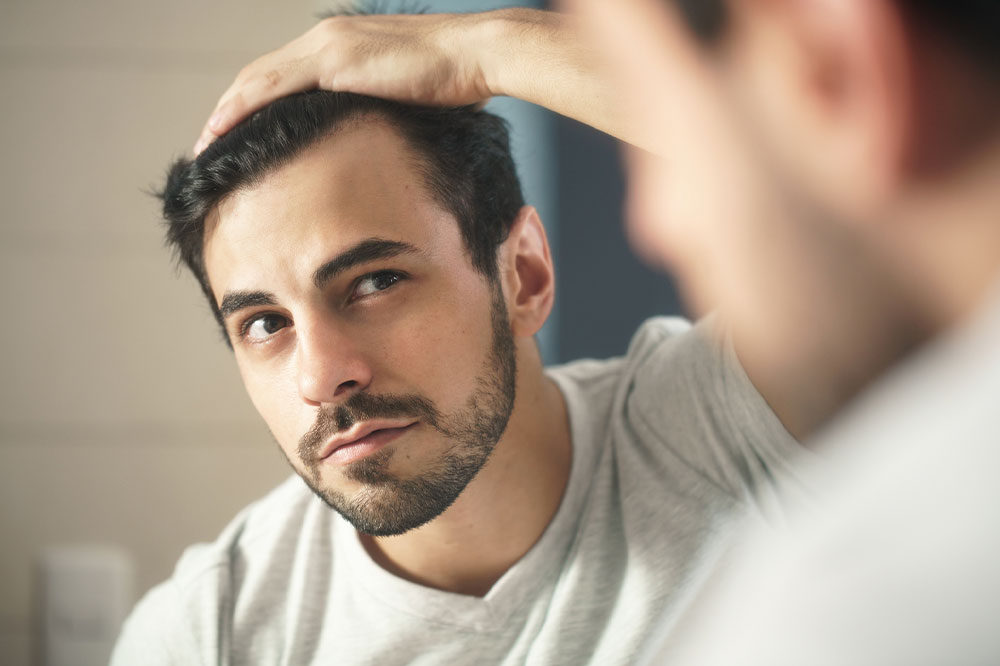
Things to know about alopecia areata
Alopecia areata is a condition that causes hair loss on the scalp and other parts of the body. People suffering from this condition often experience anxiety and depression. They may feel self-conscious about their appearance and feel like they are not attractive. In this post, we will discuss the symptoms, causes, and treatment options available for this disease and various ways in which people can overcome the challenges associated with this condition.
What is alopecia areata?
It’s a disease in which the immune system strikes hair follicles, causing them to shrink and fall out. This can affect people of all ages, races, and genders. It can be mild or severe and affect any body part. The most common places where alopecia areata occurs are:
Scalp (alopecia totalis)
Beard area (alopecia barbae)
Eyebrows (alopecia browline)
Eyelashes (alopecia obtusa)
What are the causes of alopecia areata?
There are many possible causes of alopecia areata, but the exact cause is unknown. It is thought to be an autoimmune disorder, which means that the body’s immune system mistakenly attacks healthy cells. This can happen for several reasons, including genetics and stress.
Asthma is the most common cause of alopecia areata. Asthma makes it difficult for the lungs to function properly and can lead to inflammation in the airways. This inflammation can damage hair follicles and cause the hair to fall out.
Vitiligo is another common cause of alopecia areata. Vitiligo is an autoimmune disorder that causes skin patches to lose color over time. These patches often occur on the scalp or face and may also result in hair loss.
Down syndrome is also a significant contributor to alopecia areata because it has a higher risk of developing thyroid problems early in life.
Thyroid problems can lead to hair loss due to increased levels of a stress hormone called cortisol in the body. It usually starts with sudden hair loss in one or more patches on the scalp.
What are the symptoms of alopecia areata?
There are many potential symptoms of alopecia areata that result in hair loss. If a person is going through any of the following symptoms, it’s essential to see a doctor:
Cadaver hair (dead hair), white hair, and nails become rough and thick.
The whiteness of the scalp or baldness . If one has alopecia areata, the scalp will be covered in thin, white scales or patches. These scales may also spread down onto the neck, chest, arms, and legs.
Nails that become brittle and discolored due to poor circulation. A lack of blood flow to the hands can cause them to turn yellow or brown from a lack of oxygenation.
These symptoms can vary in severity from person to person, and not everyone with alopecia areata will experience all of them. However, if a person notices any changes in the hair or nails that are concerning, it’s essential to see a doctor so that they can rule out other potential causes and provide an accurate diagnosis.
Treatment options for alopecia areata
Immunotherapy
This involves using the patient’s immune system to fight the baldness. It is not always successful, but it is an option for people who have had little success with other treatments.
UV light treatment
This can help stimulate new growth in areas where hair has been lost. However, it is only effective if done regularly, and there may be some side effects (like skin irritation).
Minoxidil
This treatment can help increase blood flow to the scalp and promote new growth. However, it should not be used by pregnant or breastfeeding women because there is a risk of congenital disabilities.




